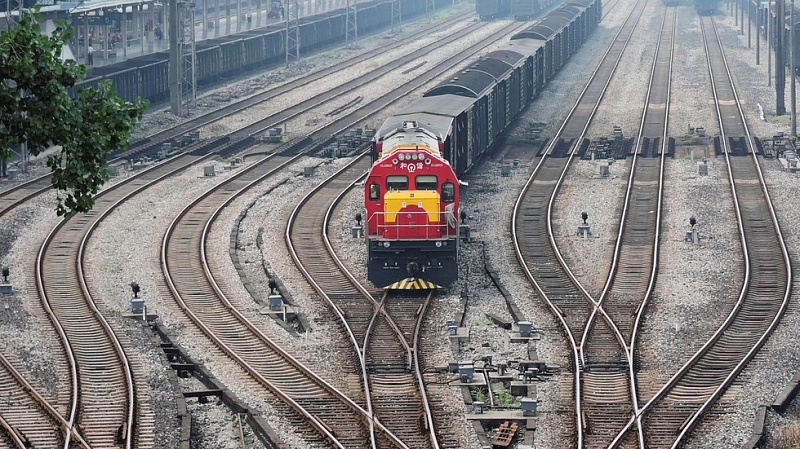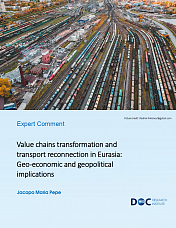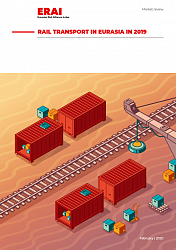Marking the launch of a new rail cargo service between the two cities, the train will travel for around 15 days before arriving at its destination, Xinhua news agency reported.
The China-Europe freight train service now has 20 routes linking Hefei with eight countries including Germany, Poland, Finland, the Netherlands and Russia. Statistics showed that a total of 194 China-Europe freight trains have departed from Hefei so far this year.
Initiated in 2011, the China-Europe rail transport service is considered a significant part of the Belt & Road Initiative (BRI) to boost trade between China and countries participating in the program. The ambitious multi-trillion-dollar initiative was announced by Chinese President Xi Jinping in 2013.
More than 140 countries and international organizations have inked agreements on jointly building the project since then.
The BRI aims to boost connectivity and cooperation between East Asia, Europe and East Africa. It is expected to significantly boost global trade, cutting trading costs by half for the countries involved, according to expert estimates.




